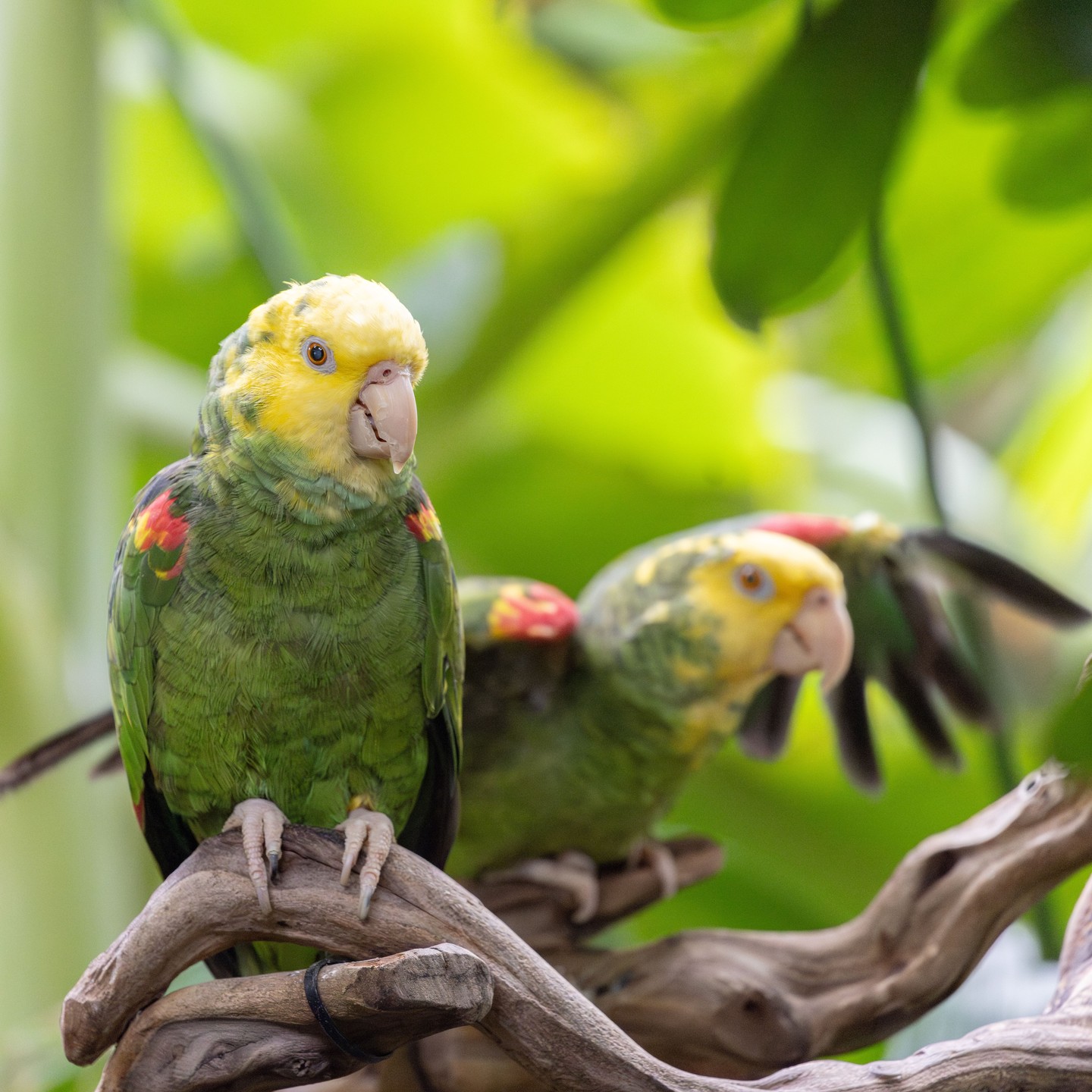- Parrot characteristics: vocal mimicry and intelligence
- Social behavior and environmental roles of parrots
- Threats to parrot populations, focusing on deforestation
- Conservation efforts and the significance of certifications like Fairtrade and Rainforest Alliance
- How individuals can contribute to parrot conservation on World Parrot Day
Parrots are renowned for their extraordinary vocal mimicry and striking plumage, making them a captivating subject for both casual birdwatchers and serious ornithologists. Comprising a diverse family called Psittacidae, these birds display not only vivid colors but also remarkable cognitive abilities. Parrots can imitate human speech and a wide range of sounds from their environment. This ability is linked to their highly developed brains, which rival those of some primates.
In terms of intelligence, parrots demonstrate problem-solving skills, tool use, and emotional depth. African Grey Parrots, in particular, can understand concepts of shape, color, and even numbers. Researchers have documented cases of parrots participating in complex social interactions and exhibiting empathy, further illustrating their cognitive capabilities.
Parrots are also highly social creatures, often living in flocks which can number in the hundreds. This social behavior contributes to their role in ecosystems, such as seed dispersal, which helps in the growth of various plant species. Their vocalizations help maintain group cohesion and facilitate the teaching of young parrots, a testament to their intricate social structures.
However, parrots face numerous threats, the most pressing being deforestation. As forests are cleared for agriculture and urban development, these birds lose their natural habitats. This not only reduces their available nesting sites but also limits their food sources, creating significant challenges for their survival. Additionally, the illegal pet trade poses a risk, with many parrots captured from the wild, further endangering certain species.
Conservation efforts are critical for the survival of parrot populations. Organizations are working globally to protect habitats through sustainable forestry practices. Certifications such as Fairtrade and Rainforest Alliance ensure that products are produced with minimal harm to these vital ecosystems. These certifications signify that producers adhere to standards aimed at reducing deforestation and promoting biodiversity.
Individuals can contribute to these conservation efforts. World Parrot Day provides an opportunity to take action by opting for products with the Fairtrade or Rainforest Alliance labels. By doing so, consumers can influence market demand, encouraging companies to adopt environmentally friendly practices. Supporting conservation organizations and educating others about the importance of preserving parrot habitats also make a difference.
Through a combination of intelligent behavior, social intricacy, and environmental importance, parrots serve as a reminder of the interconnectedness of ecosystems. Conservation efforts require collaboration across various sectors, and individuals play a crucial role by making conscious choices. Parrots’ continued existence hinges on a global commitment to protecting our natural world. Their vibrant presence in the environment is not just a visual delight but a vital component of ecological balance.
*****
Source Description
Known for their vocal mimicry and bright plumage, parrots are social, intelligent and beautiful birds! Deforestation is a major threat to their population. For World Parrot Day, you can make a difference by looking for a Fairtrade or Rainforest Alliance certification on your grocery and household products. If your item has either of these certifications, it was produced using special care to protect forests! 🦜


